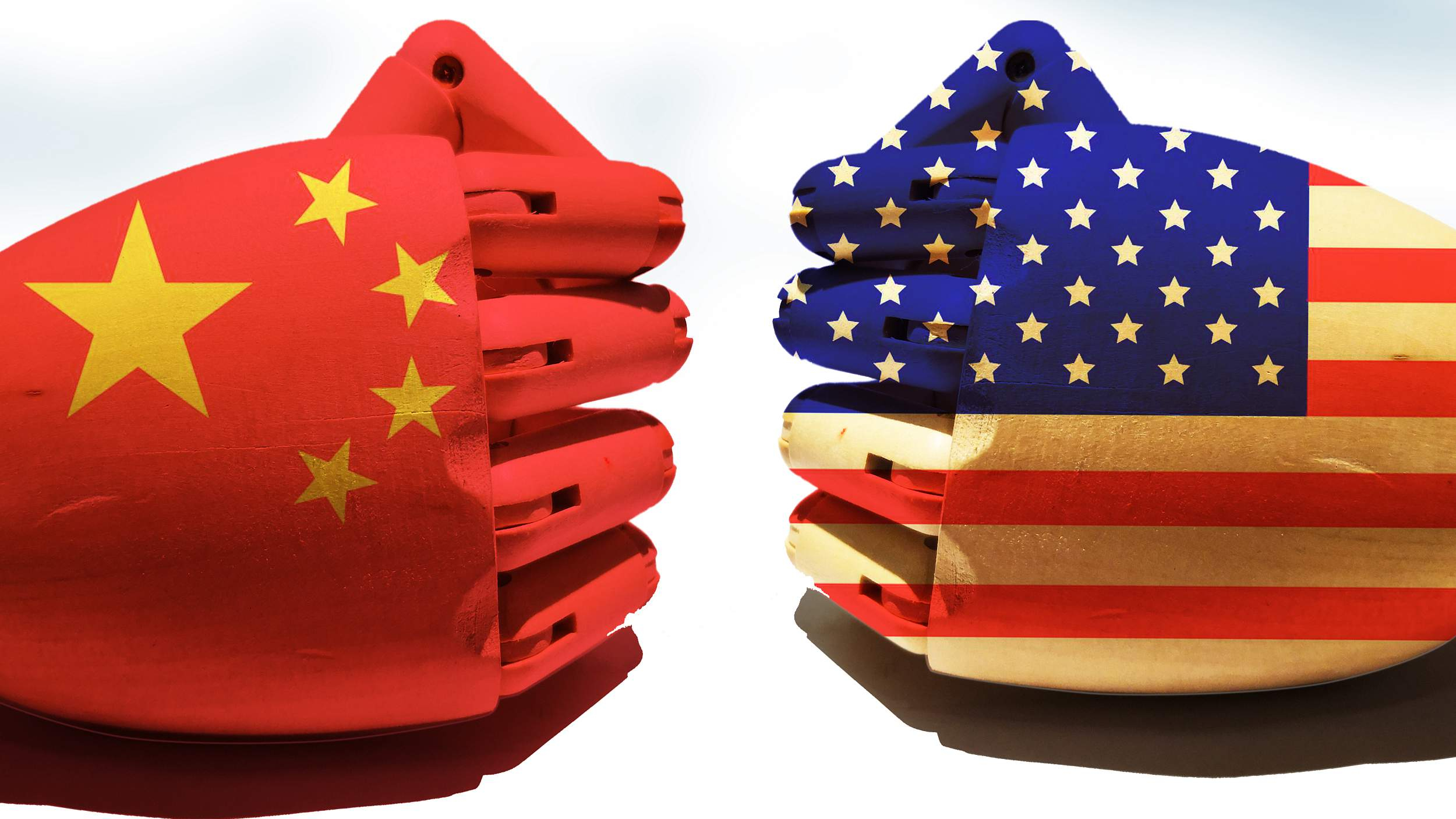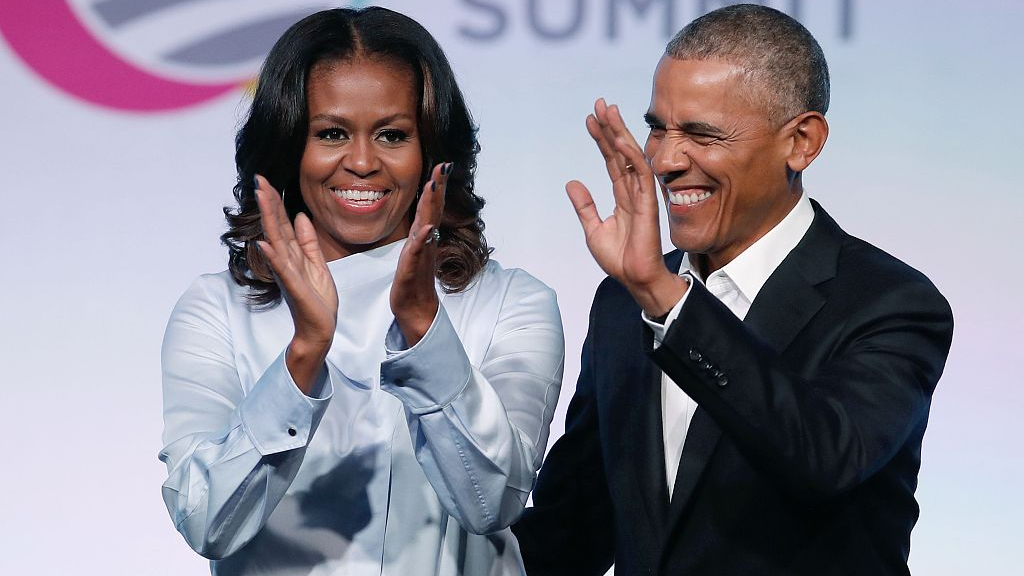

Editor's Note: Liu Lulu is an opinion editor with CGTN Digital. The article reflects the author's opinions, and not necessarily the views of CGTN.
Against the backdrop of intensifying China-U.S. trade friction, the Netflix documentary American Factory stirred an immediate uproar on social media platforms.
Documenting how Chinese auto-glass manufacturing company Fuyao opened its division in Dayton, Ohio, the 110-minute movie, produced by former U.S. president Barack Obama and his wife Michelle, brought labor disputes, conflicting values between China and the United States, and challenges accompanying globalization to light.
To some extent, the documentary may have explained why China and the U.S. are mired in the trade disputes in the era of global integration. It may be inspirational for the world's largest two economies trying to find a way out from the current trade quagmire.
The opening of the Chinese factory was initially welcomed by local workers as it brought new job opportunities to Dayton, the same site where thousands of employees were laid off following the closure of a General Motors (GM) plant in 2008.
But not long after, Fuyao's harsh management style, which may be partly the reason for China's rapid rise, triggered complaints among American workers. The contradictions shown in the documentary may be a miniature of the conflicts in the overall China-U.S. relations.
For the United States, innovation is its core competitiveness. It is what brought the country to where it is. As an automaker, the previous GM factory, to survive and thrive, relied heavily on core technologies. It is no exaggeration to say that innovation is GM's lifeline.
With creativity as its major source of profits, the GM plant does not put too much emphasis on improving workers' efficiency. This is why American employees, some with lower efficiencies, can sometimes earn several times the salary of their Chinese counterparts.

Barack and Michelle Obama entered into a multi-year agreement to produce films and series with Netflix in 2018. /VCG Photo
But different from the U.S., demographic dividends, or in other words, a cheap labor force, have made China a "world factory". To profit, traditional Chinese factories have no other choice but to reduce costs. This requires Chinese workers to accomplish as many tasks as possible within their working hours. In this context, those with low efficiency will be gradually made obsolete.
When such Chinese factories recruit local workers in the U.S., conflicts emerge. While American employees complain and even protest against their "ruthless" Chinese boss, Chinese managers see their American subordinates dilatory and inefficient. As an auto-glass maker, Fuyao is a typical manufacturing company that needs to put costs under strict control for profits. Therefore, labor disputes there are a matter of course.
The conflicts have nothing to do with Chinese working conditions, but are a result of the differences in the way China and the U.S. make money. While most American companies reap benefits from innovation, the majority of Chinese enterprises thrive via the reduction of costs.
However, as the world is becoming increasingly integrated, the U.S.' status as the world's innovation hub is being challenged. This, to some extent, has contributed to the country's rising unemployment rate and slowing economic growth. The Wall Street has monitored elevated economic recession risk in the United States, according to media reports.
In the meantime, an increasing number of Chinese companies are going global. While China was a sought-after factory site for overseas companies seeking to reduce labor forces, some private Chinese firms have started to open divisions in Western countries and recruit local workers. This is an irreversible trend of globalization.
Integration is the best solution. While American workers need to adapt to China's management style, Chinese managers can learn to understand American culture and try to address their employees' concerns.
This may be inspirational as well to those American elites at the negotiating table with China. Instead of forcing China to conduct structural reforms, they should try to understand China's unique systems. Mutual understanding may be the way out.
(If you want to contribute and have specific expertise, please contact us at opinions@cgtn.com)

Copyright © 2018 CGTN. Beijing ICP prepared NO.16065310-3
Copyright © 2018 CGTN. Beijing ICP prepared NO.16065310-3